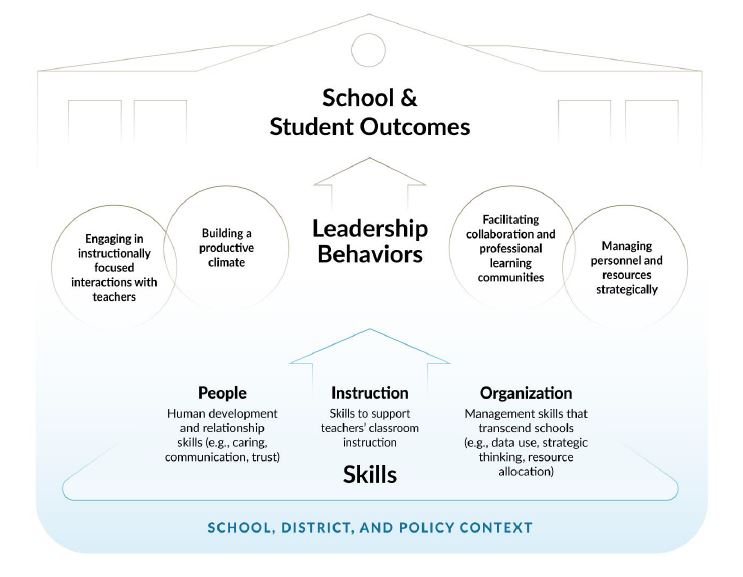As states grapple with ongoing teacher shortages, another big challenge lurks around the corner. Principal turnover is increasing faster than teacher turnover. Given the critical role of school leaders in staff and student outcomes, this issue is poised to have a significant negative impact on education in America.
“If we want a public education system to be effective for all students, we all need to support (the) success of (principals) so (they) can make the principal difference for students, teachers and schools,” Will Miller, president of The Wallace Foundation, told a meeting of principals and other educators.
“School leadership is not the easiest profession (but principals have) chosen a calling that will shape our collective future.”
—Will Miller, The Wallace Foundation
Miller emphasizes what the research has made clear: Principals matter. But what makes an effective principal? Researchers looked at principals who make a positive, significant impact on students and teachers and identified three proficiencies they share: people skills; instructional skills; and organizational skills.
People skills include demonstrating a sense of caring for the teachers in the building, practicing purposeful communication with staff and community members, being willing to have challenging conversations, and cultivating trust. Instructional skills include distinguishing between high- and low-quality teacher practice, providing effective and structured feedback to staff, and recognizing and offering high-impact professional learning. Organizational skills include using data to inform decision making, setting goals and determining how to harness available resources to meet those goals.
Principals with these skills are able to engage in the four leadership behaviors that lead to improved school outcomes:
- Engaging in instructionally focused interactions with teachers, including structured classroom observations with specific, actionable feedback and professional learning opportunities aligned with school goals.
- Building a productive climate through empowering teachers, providing teachers with autonomy and being engaged with the local community.
- Facilitating collaboration and professional learning communities by leading effective data use and creating explicit protocols and time for collaboration.
- Managing personnel and resources strategically, including protecting teacher time and scheduling for common planning time.
 Miller highlights three potential strategies for districts wanting to develop effective principals and address the rising issues in principal retention:
Miller highlights three potential strategies for districts wanting to develop effective principals and address the rising issues in principal retention:
State legislatures have the unique opportunity to provide direction and support for efforts to improve school leadership. To promote local engagement with these potential strategies, states can consider the specificity and flexibility in their existing policies regarding school leader standards, principal licensure and preparation requirements, and career development opportunities. Such policies can create conditions that promote, incentivize or even require access to peer learning cohorts, the development of principal pipelines, and collaboration between districts and other stakeholders.
Addressing the challenges facing school leaders through such efforts has the potential to complement existing efforts to help retain effective teachers and improve student achievement, all while mitigating principal shortages.
Molly Gold is a program principal in NCSL’s Education Program.